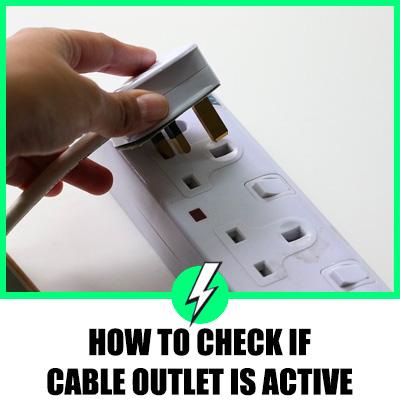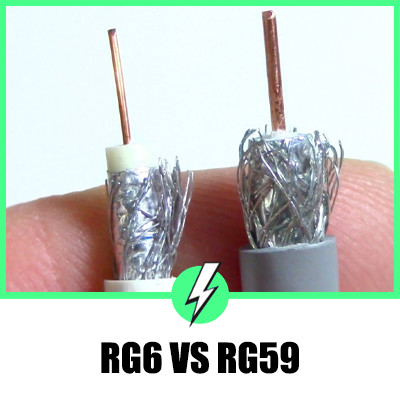How Far Can Electricity Jump?
Electricity, a fundamental force of nature, has always fascinated us with its power and unpredictability.
It’s a phenomenon that powers our homes, fuels our industries, and enables our technologies.
But one of the most intriguing questions about electricity is: how far can it jump?
This article aims to shed light on this topic, exploring the factors that influence the distance electricity can jump, and the implications of these phenomena.

Contents
How Far Can Electricity Jump from Power Lines?
Working near overhead power lines can be dangerous—even deadly—if proper safety precautions are not taken.
The best means of protection is being aware of the hazards and keeping a safe distance from electrical power lines and equipment.
For instance, workers must keep a safe distance of at least 1 metre (3.3 feet) from low-voltage powerlines to be protected from exposure to electrical shock or arc flash burn.
For high-voltage powerlines, the distance is 3 metres (10 feet) or more, depending on the voltage.
Misidentifying the voltage of powerlines can cause workers to go beyond the minimum safe distance and lead to an electrical incident.
These safety measures are not just for professionals working in the field.
They are also crucial for homeowners and the general public.
For example, when using ladders, tree pruners, or other long tools, always look up and check the distance from power lines before starting the work.
How Far Will 10,000 Volts Jump?
The distance electricity can jump is not only dependent on the voltage but also on other factors such as the medium it’s traveling through, humidity, and temperature.
For instance, in dry air at sea level, the rule of thumb is that electricity can jump about 1 inch for every 10,000 volts.
However, this is a rough estimate and can vary based on the aforementioned factors.
It’s also important to note that the presence of sharp points or edges can significantly reduce the distance that a given voltage can jump.
This is because sharp points can concentrate the electric field, making it easier for the air to ionize and for an arc to form.
How Far Can 25,000 Volts Jump?
According to the Ontario Health and Safety Act, for power lines with a voltage rating of more than 150,000 volts but no more than 250,000 volts, the minimum safe distance is 4.5 meters (15 feet).
For those with more than 250,000 volts, the minimum safe distance is 6 meters (20 feet).
These distances are designed to prevent electrical arcs that can cause severe injuries or fatalities.
They are based on the understanding that the higher the voltage, the further electricity can jump.
Can Electricity Jump Through Air?
Yes, electricity can jump through the air.
This phenomenon is known as an electrical arc.
Electrical arcs can occur when the voltage between two points is high enough to ionize the air or other materials between them.
The ionized air acts as a conductor, allowing electricity to jump across the gap.
It’s important to note that wind and weather can cause wires to swing and heat, ice, or changing electrical demand can cause them to sag.
Higher-voltage wires have been known to sag as much as three meters in one hour from heating up during high-demand conditions.
Insights from Online Discussions
Online discussions reveal a wide range of experiences and insights into how far electricity can jump.
Some users on Quora and Reddit have shared personal experiences and observations, while others have provided scientific explanations based on their understanding of physics and electrical engineering.
These discussions highlight the complexity of predicting the behavior of electricity and the importance of safety precautions when dealing with high-voltage systems.
They also underscore the need for ongoing research and education in this area to ensure safety and prevent accidents.
Conclusion
In conclusion, the distance electricity can jump depends on a variety of factors, including the voltage, the medium it’s traveling through, and environmental conditions.
Regardless of these factors, it’s crucial to maintain a safe distance from power lines and other sources of high voltage to prevent electrical accidents.
Always remember that electricity is a powerful force that should be handled with respect and caution.
Whether you’re a professional working with electrical systems or a homeowner doing DIY projects, understanding how far electricity can jump can help you stay safe.
This article has been written with both UK and US audiences in mind, ensuring that the language and references are accessible and relevant to readers from both regions.





